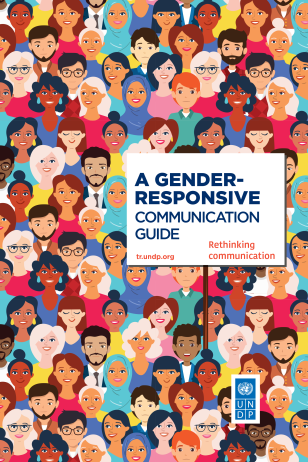A Gender-Responsive Communication Guide
A Gender-Responsive Communication Guide
March 5, 2021
Gender equality and women’s empowerment are key to development. Since 1990 human development framework, pioneered by the United Nations Development Program, has aimed at achieving economic prosperity along with equitable and fair access to resources and opportunities that enables individuals to realize their potential, and at ensuring that people are not discriminated against by gender, race, language, religion, class status, level of income, physical capacity, age, sexual orientation and sexual identity.
As part of the human development framework, combating gender inequality should be taken into account in all areas. The gender equality perspective requires that attention be accorded to women and men equally and visibly in all processes. Communication efforts need to understand, embed and use this perspective.
The United Nations information circular, entitled “Guidelines for promoting equal treatment of men and women in the Secretariat” (ST/IC/1992/67) of 29 October 1992, states that, “Bias-free language is important because language reflects the attitude of the user. Expressions or words that suggest the superiority of one gender over the other should be avoided”.
Similarly United Nations developed various tools for gender inclusive language which “means speaking and writing in a way that does not discriminate against a particular sex, social gender or gender identity, and does not perpetuate gender stereotypes. Given the key role of language in shaping cultural and social attitudes, using gender-inclusive language is a powerful way to promote gender equality and eradicate gender bias.
The Gender-Responsive Communication Guide is both a tool, an outcome and an indicator of gender equality mainstreaming efforts of UNDP in Turkey, an effort that has been accelerating since 2015.

 Locations
Locations





